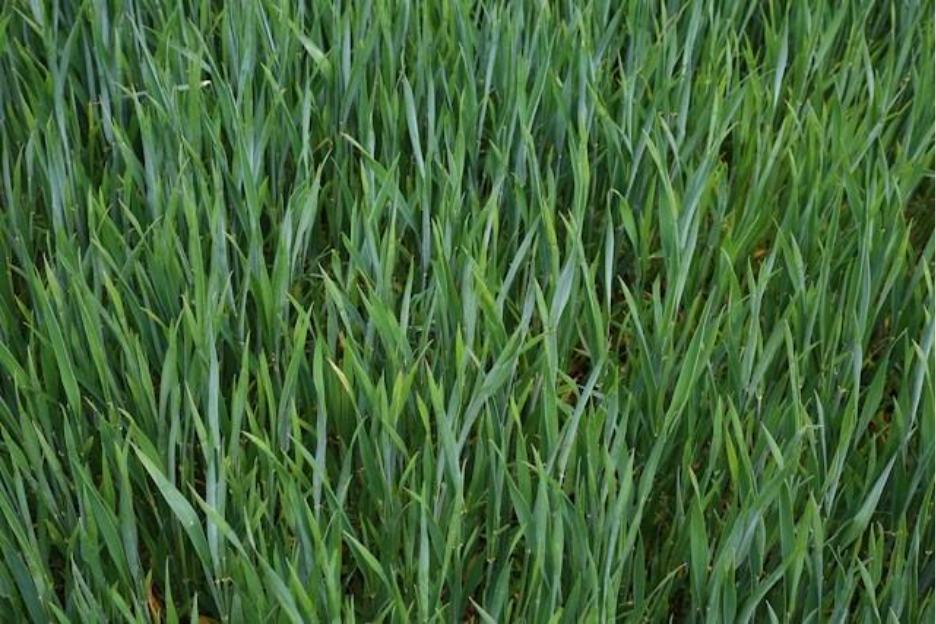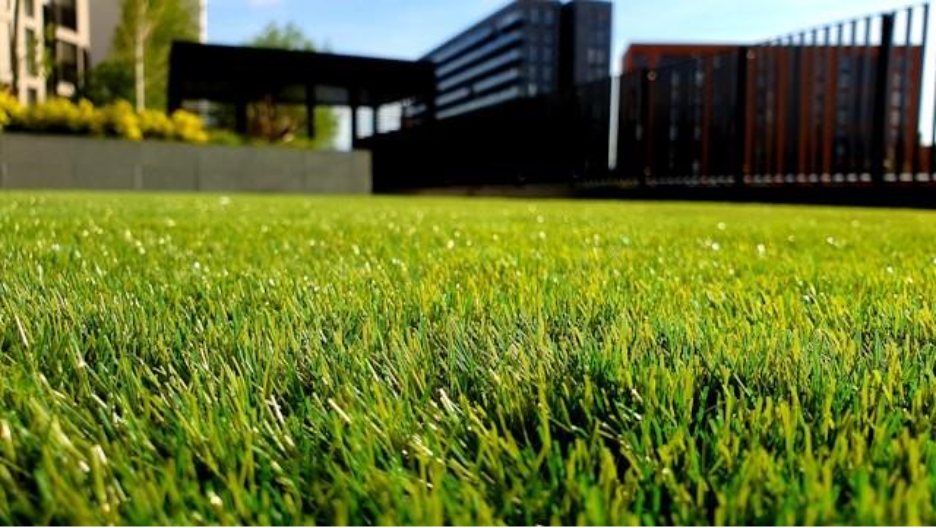
A lush, healthy lawn is the envy of every homeowner, but achieving thick, vibrant grass requires more than just regular mowing and watering. One of the most effective yet often overlooked techniques in lawn care is aeration, which loosens compacted soil and allows nutrients, water, and oxygen to penetrate the root zone. While many people associate lawn maintenance with fertilizers and sprinklers, the true secret to thriving grass lies in nurturing the soil beneath the surface. By understanding and applying strategies that improve soil health and promote strong root growth, you can transform your yard into a carpet of green.
Soil compaction is one of the primary reasons lawns fail to thrive. Over time, foot traffic, heavy equipment, and natural settling can compress soil particles, reducing the space available for air, water, and nutrients. Compacted soil prevents roots from spreading deeply, leaving grass weak, thin, and more susceptible to disease or drought.
Addressing soil compaction is essential for healthy growth. Methods such as top-dressing with organic matter or using specialized spike tools, can achieve similar results. The goal is always the same: give the roots room to expand and access the resources they need.
Even the healthiest soil won’t produce thick grass if watering is inconsistent or inadequate. Lawns require a balance: too little water stresses the roots, while too much encourages shallow growth and fungal problems.
Experts recommend deep, infrequent watering. Instead of watering lightly every day, water your lawn thoroughly once or twice a week. This encourages roots to grow deeper in search of moisture, making the grass more resilient during dry spells. Watering in the early morning is ideal, as it reduces evaporation and allows the surface to dry before nightfall, limiting the risk of disease.
Not all grass types are created equal. Selecting a variety suited to your climate, soil type, and sun exposure is critical for a lush lawn. Cool-season grasses like Kentucky bluegrass or fescue thrive in northern regions, while Bermuda or zoysia perform well in warmer climates.
When overseeding to fill thin spots, choose high-quality seed blends that complement your existing lawn. Even distribution and proper soil contact are essential, which can be aided by light soil loosening techniques to improve seed-to-soil contact without disturbing the lawn excessively.
Fertilizers provide essential nutrients like nitrogen, phosphorus, and potassium, but timing and application methods are just as important as the product itself. Applying fertilizer at the wrong time can burn grass or encourage weak, rapid growth that is more prone to disease.
A common approach is to fertilize in early spring and fall, when grass is actively growing. Slow-release fertilizers provide a steady supply of nutrients over time, feeding the lawn without overwhelming it. Combining fertilization with soil conditioning techniques, like light soil perforation or incorporation of compost, enhances nutrient uptake and encourages deeper root systems. 
Healthy grass starts with healthy soil. Soil rich in organic matter retains moisture better, supports beneficial microorganisms, and provides a strong foundation for roots. Regularly adding compost or organic top-dressing can improve soil texture and fertility, particularly in areas with clay-heavy or sandy soils.
For lawns struggling with thin coverage, improving soil structure is often more effective than simply adding more seed or fertilizer. Practices that break up dense soil, even without traditional lawn care tools, allow roots to grow freely and access oxygen, water, and nutrients efficiently.
Thatch can accumulate over time and block water and nutrients from reaching the soil. While a thin layer can protect the lawn, excessive thatch prevents healthy growth.
Removing or reducing thatch can be done through mechanical raking or specialized dethatching equipment. This process opens the soil surface, allowing nutrients, water, and air to reach the root zone and promoting vigorous growth. Combining dethatching with light soil loosening treatments can dramatically improve lawn density and overall health.
Healthy grass is naturally more resistant to pests and diseases, but proactive management is still important. Regularly inspect your lawn for signs of grubs, insects, or fungal infections. Targeted treatments, along with good cultural practices like proper watering, mowing, and soil conditioning, reduce stress on the grass and prevent infestations from spreading.
Integrated approaches, like combining soil care, proper irrigation, and pest monitoring create a resilient lawn that can recover quickly from damage and maintain a thick, green appearance.
How you mow your lawn can have a significant impact on its density. Cutting grass too short stresses the plant and weakens the roots. Conversely, leaving blades too long can lead to shade and fungal issues.
Experts recommend mowing no more than one-third of the blade height at a time and keeping mower blades sharp. Taller grass encourages deeper root growth and shades the soil, reducing evaporation and preventing weeds from taking hold. Paired with strong root systems supported by soil-enhancing techniques, proper mowing helps maintain a lush, even lawn.
Different times of year require different approaches. Spring and fall are ideal for soil improvement, overseeding, and nutrient application. Summer requires careful watering and mowing to avoid heat stress, while winter is the time to plan for the next growing season.
By adjusting care based on seasonal conditions, you support root development, strengthen grass resilience, and maintain consistent density and color year-round.
Achieving thick, green grass is about more than surface-level care. While mowing and watering are essential, the true secret lies beneath the soil. Techniques like aeration, even when adapted with alternatives, combined with proper watering, fertilization, pest management, and seasonal care, create an environment where roots can thrive and grass can flourish.
By focusing on soil health, nutrient delivery, and sustainable lawn practices, homeowners can enjoy a lush, resilient lawn that stands out for its beauty and strength. With consistent attention and smart techniques, your yard can become the vibrant, healthy space you’ve always wanted - thick, green, and ready for every season.